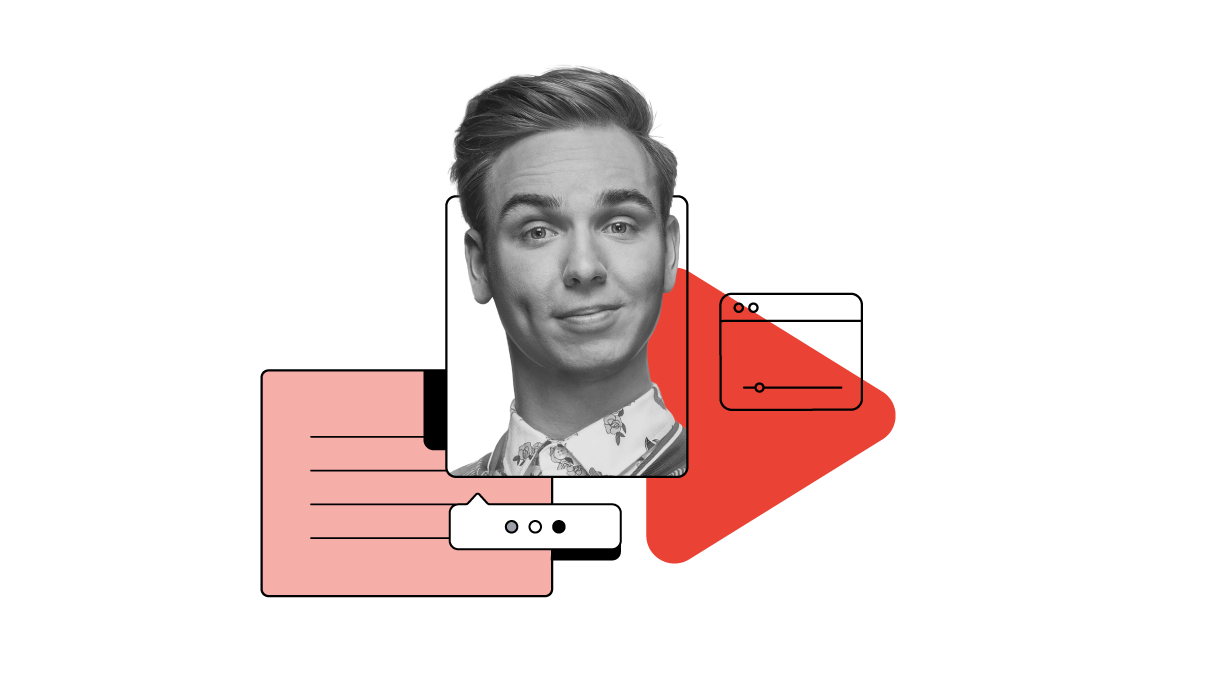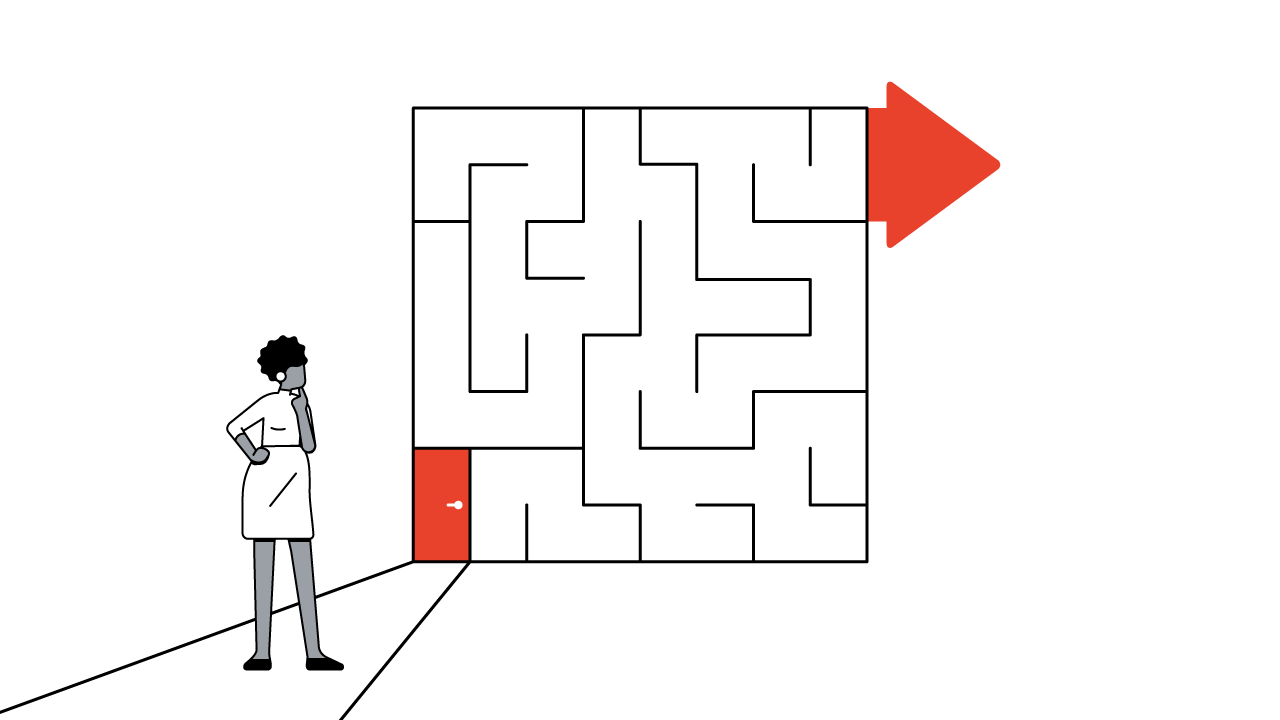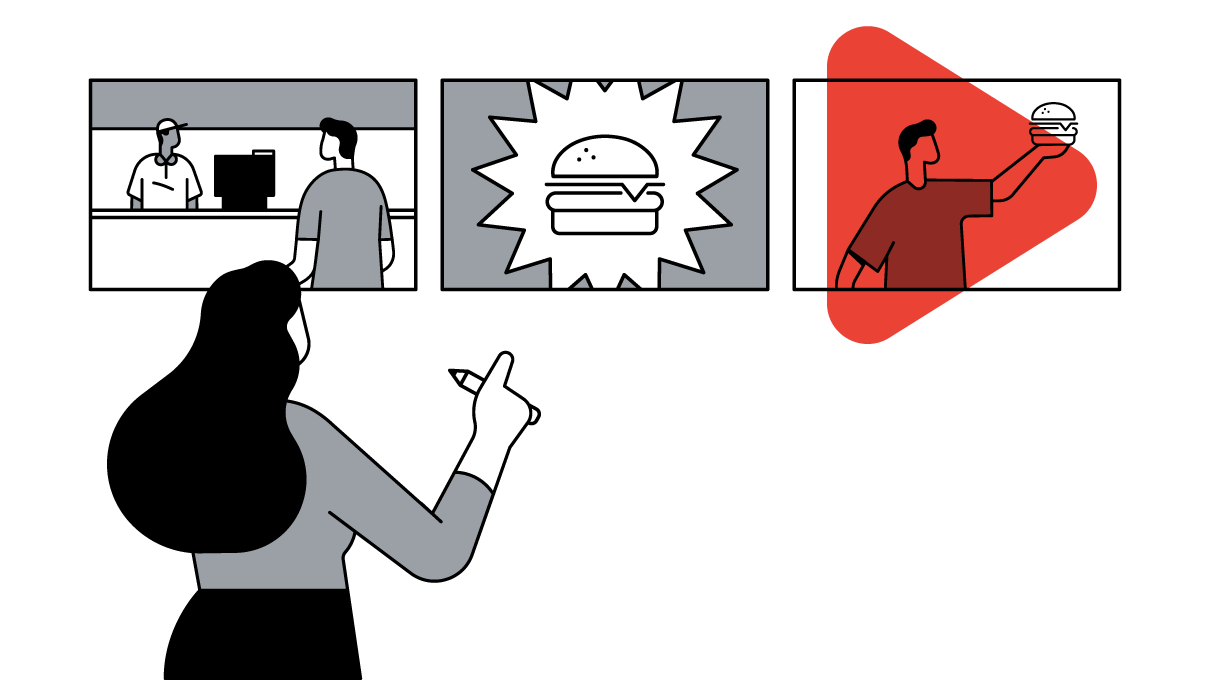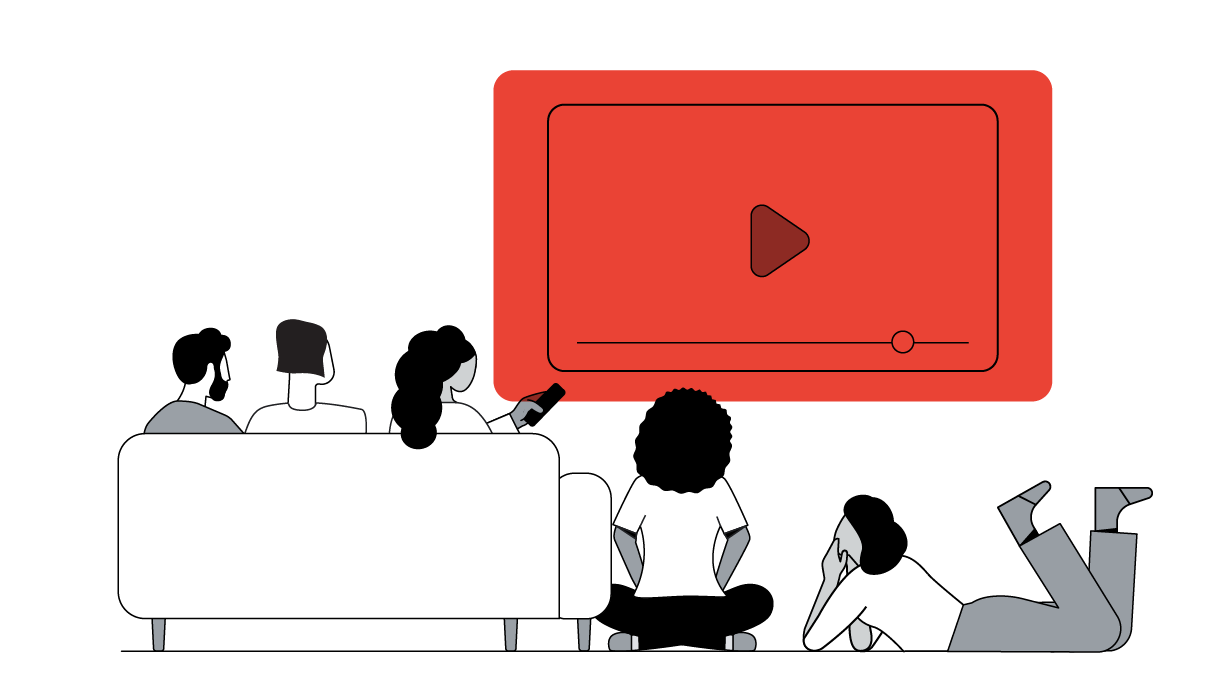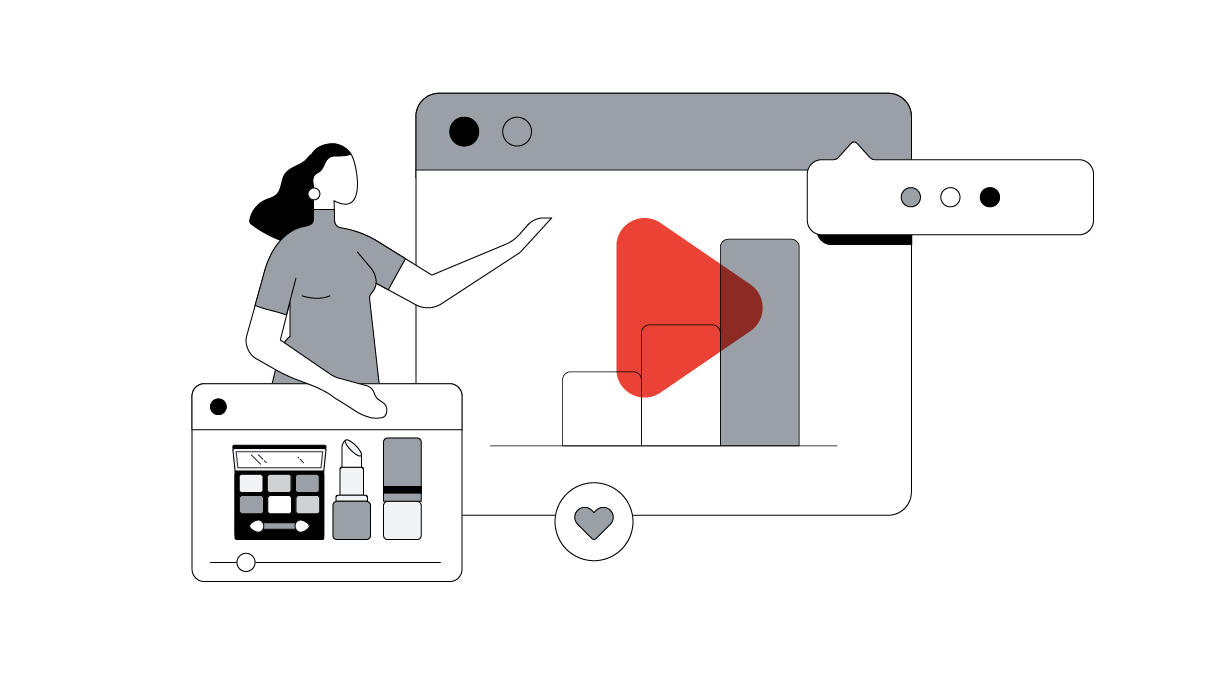As gaming peripheral brand SteelSeries celebrates its 20th anniversary, Chief Marketing Officer Kathryn Martinez and Director of Marketing Activation, Amy Schriefer, share insights from the video ad sequencing campaign that outperformed their own expectations as well as global brand lift industry benchmarks.
Performance marketing is often the first port of call for brand strategists. Centred on activities down the funnel, it’s where they can make the quickest and most measurable impact. But what happens once those lower funnel audiences have been reached?
When we both joined SteelSeries in 2019, that’s one of the first questions we asked our team. The company had always been performance-focused, but as firm believers in brand building we both knew a full-funnel strategy would be a key route to success.
Level 0: How it all started
SteelSeries formed in Denmark back in 2001 to meet the complex needs of esports players, which is the official term for competitive video gamers. Our first product emerged from an attempt to solve a gamer problem in collaboration with a Danish esports team. For optimal grip of rollerball mice, we created the world’s first ever glass mousepad which attracted less dust and dirt. Since then, every single one of our products has had input from gamers and esports collaborators.
We wanted the ads to resonate with gamers so strongly that they would start sharing our brand story on our behalf.
This means that SteelSeries has been part of the global gaming industry since its inception in the region. This is what sets us apart and gives us authority, but it’s an origin story few people know about. In anticipation of our 20th anniversary we decided to change this. With millions of new gamers around the world constantly entering the market, we wanted to find a compelling way to share our heritage.
Level 1: A ‘choose-your-own ad’ sequencing campaign
Our key challenge was finding ways to connect with different types of gamers. We wanted to say everything to everyone, but also knew relevance would be instrumental in driving and maintaining interest. That’s where our long-standing partnership with the digital agency, Dept, was crucial.
“We needed a solution that would let us tell the full brand story without anyone having to sit through a five-minute video,” Dept’s Client Strategy Director, Mille Munk Sørensen, explains. “People don’t go to YouTube just to see ads, so it has to feel natural and not intrusive. Video ad sequencing is perfect for this as it allows us to break up the story in smaller parts while reaching different audiences.”
We split our audience into two core groups — active PC and console gamers versus professional esports players and fans — and built bespoke ad sequences for each. The first group was presented with our “Glory Story”, an immersive video diving into our brand history through a range of gaming scenarios and genres. Some gamers love our high-end technology, others are passionate about the gaming community — and we wanted them all to feel represented in this one.
The second group was shown the "Esports Story", which really honed in on the winning mentality of professional gamers — and the role SteelSeries has historically played in it. With this narrative, we wanted to remind people of the technological innovation that has always underpinned the development of our products. It’s a celebration of all the work we’ve done over the years.
Although product marketing was part of the campaign, we cared most about people being able to identify with our narratives. We wanted the ads to resonate with gamers so strongly that they would start sharing our brand story on our behalf.
“Ad sequencing is unique in that it allows you to tell a comprehensive story to those who want to hear it,’ Dennis Nielsen, digital strategist at Dept, explains. “It values engagement in a way that no other ad form does. If someone shows interest, you can give them a little extra. If they skip, the story ends there. This has proved really effective for SteelSeries. Non-skippable ads didn’t perform nearly as well on this occasion.”
Not only could we tell how many people viewed and clicked on the videos, but we could actually get an understanding of how they were engaging with them.
That’s where Dept’s strategic experience really elevated our creative thinking. Thanks to the sequencing of the ads we were able to craft different chapters with different entries and endings; as if it were a choose-your-own-adventure novel.
Level 2: The value of full-funnel marketing
While we firmly believed that our story deserved to be told to a broader audience, we had to trust that shifting our advertising budget towards awareness campaigns would actually yield better return-on-ad-spend (ROAS). For a company as performance-focused as SteelSeries that required a serious mindshift.
The success of this full funnel marketing campaign really helped us achieve that. To date, the ads have been viewed 37 million times, with 2.4 million full sequence views across 21 countries and an overall completion rate of 9%. It also outperformed YouTube’s Brand Lift Study benchmarks across the funnel — including ad recall, brand awareness, and brand purchase consideration — in multiple markets.
People don’t go to YouTube just to see ads, so it has to feel natural and not intrusive.
Having those Brand Lift Study results available early on in the campaign allowed us to validate our creative and feel confident from the start. Not only could we tell how many people viewed and clicked on the videos, but we could actually get an understanding of how they were engaging with them. This made the impact of online video much more tangible for us.
Ultimately, it’s been incredible to see that we have a story worth spreading. It took a leap of faith, but thanks to this campaign we know there’s an audience out there that really wants to hear from us. And we have so much more to say – there are many more levels to this game.
